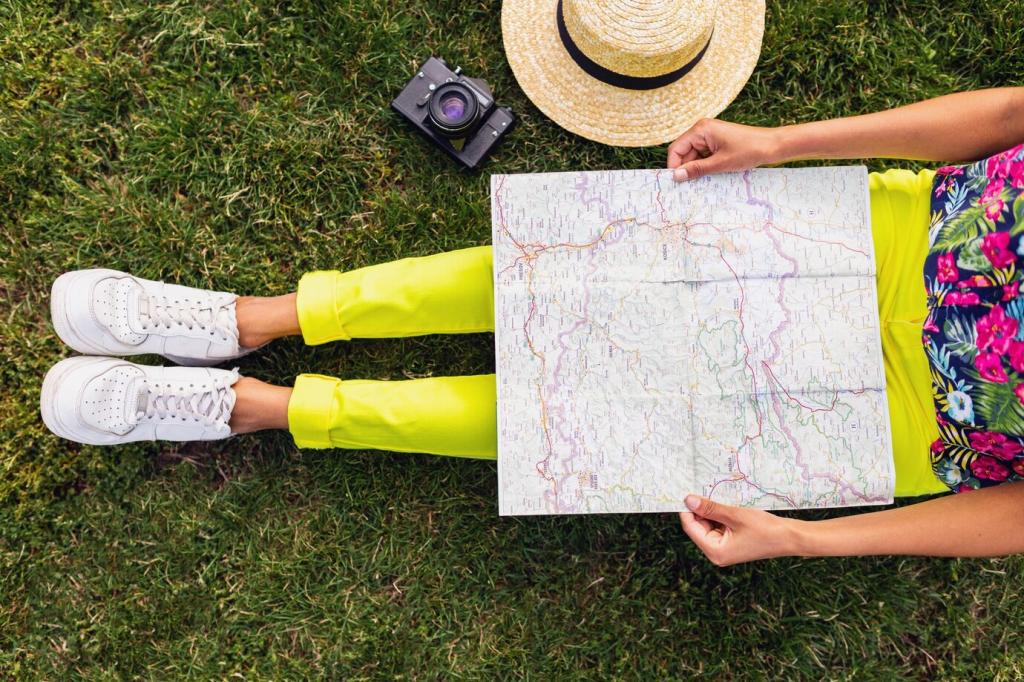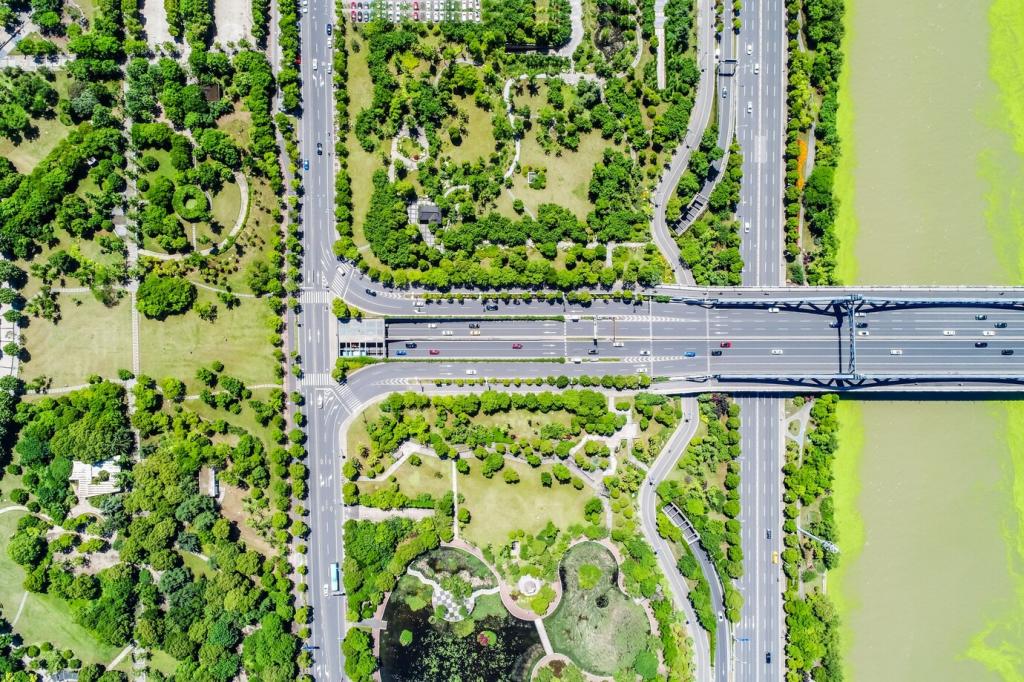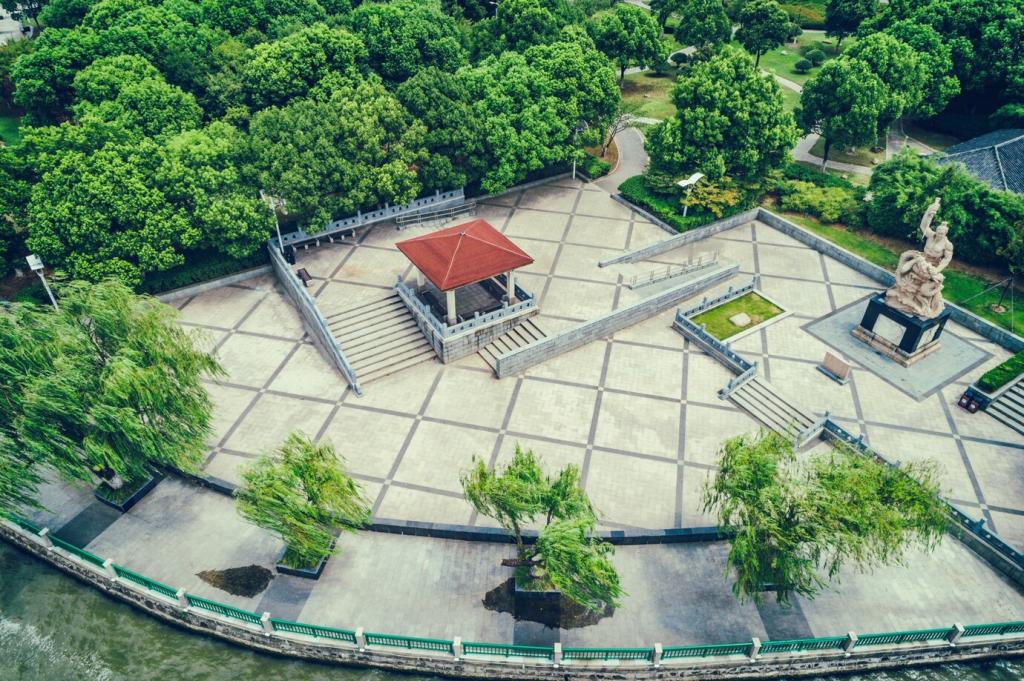CPTED Essentials: Building Safety Into Every Path and Place
Open sightlines reduce anxiety and discourage opportunistic behavior. Prune canopies to about 2.1 meters, keep shrubs under 0.9 meters near paths, and orient benches toward activity. Good visibility lets neighbors watch over spaces naturally. Which views in your park feel safest, and why?
CPTED Essentials: Building Safety Into Every Path and Place
Design pathways that guide rather than restrict. Use planting and subtle edging to discourage unsafe shortcuts while keeping routes intuitive. Place amenities along main paths so people naturally choose safer corridors. Tell us where desire lines appear in your park and how design could reshape them.






